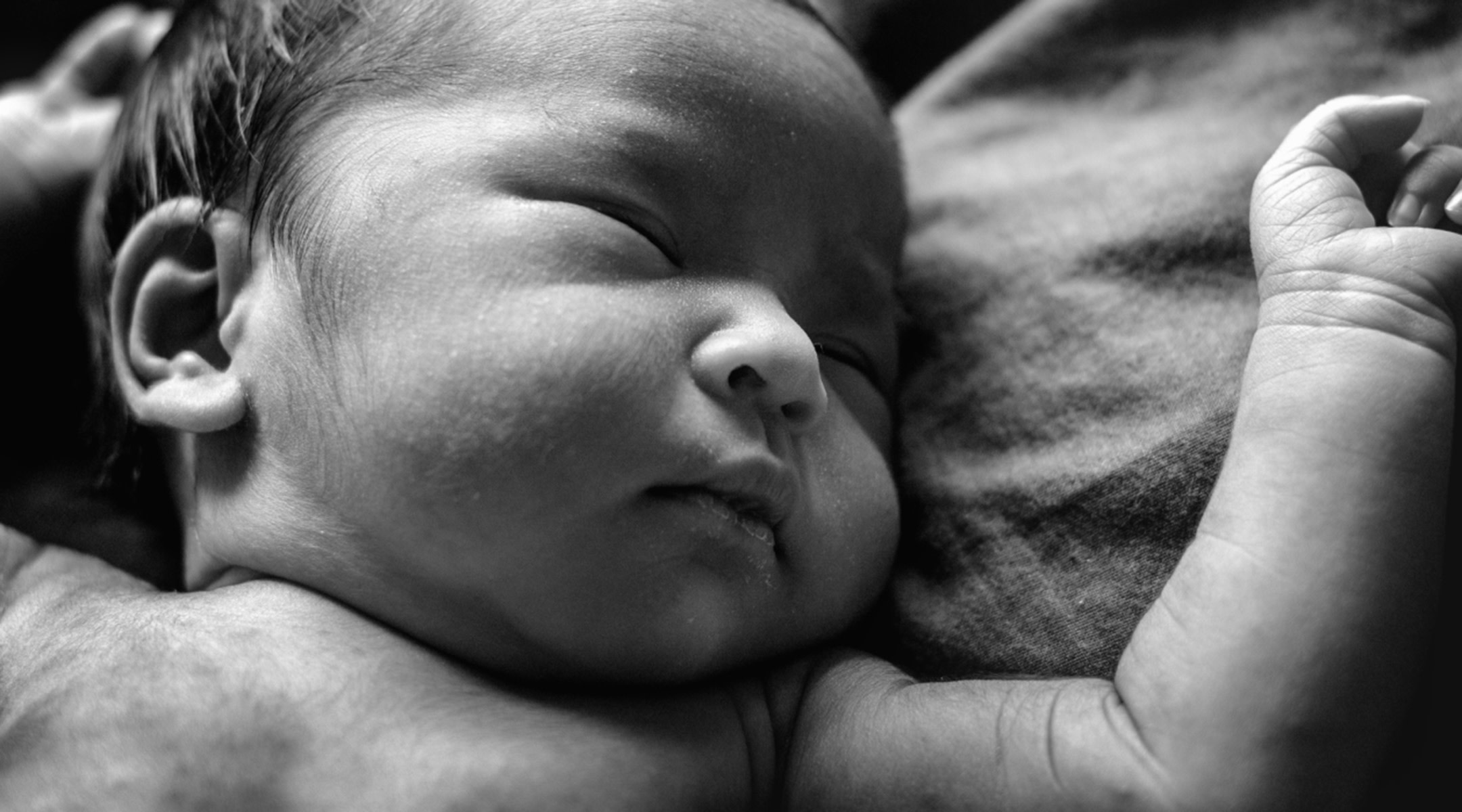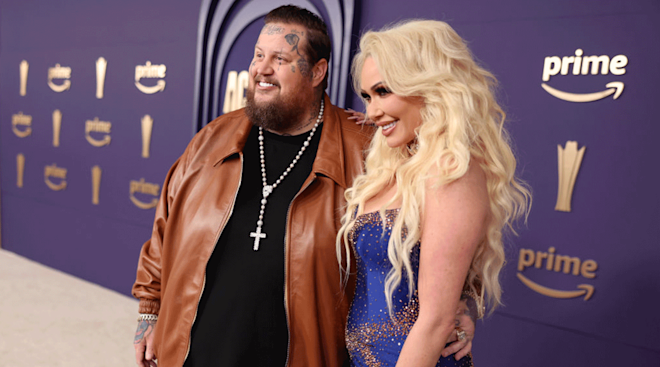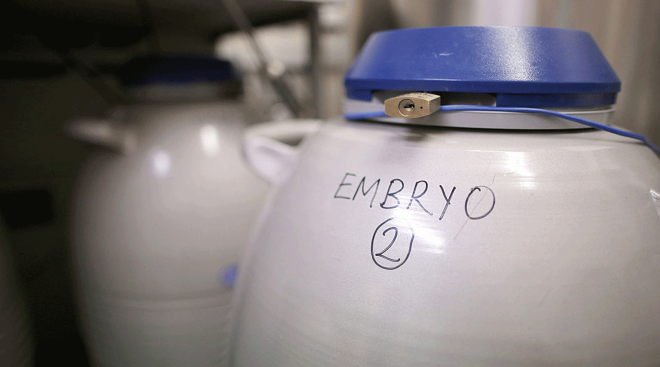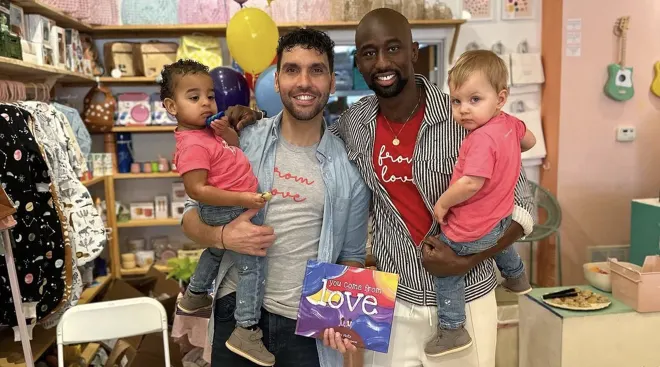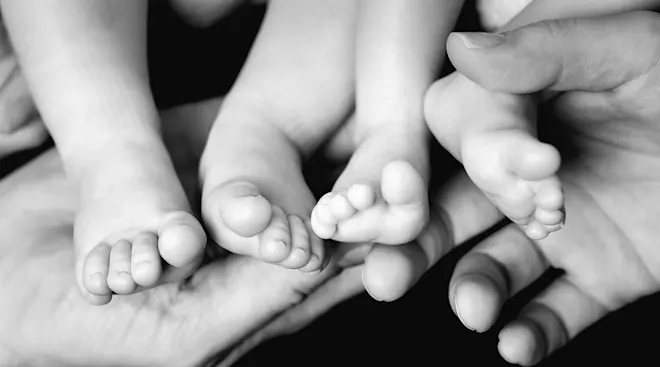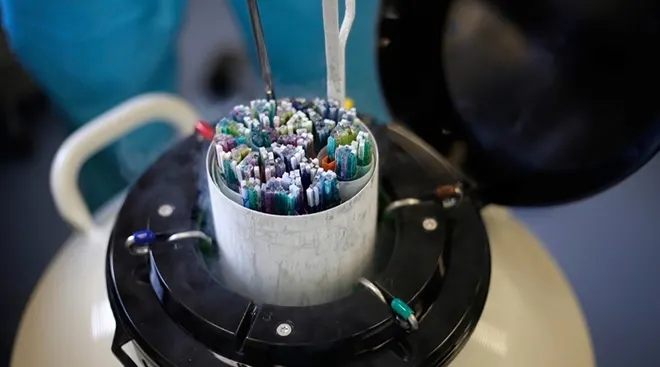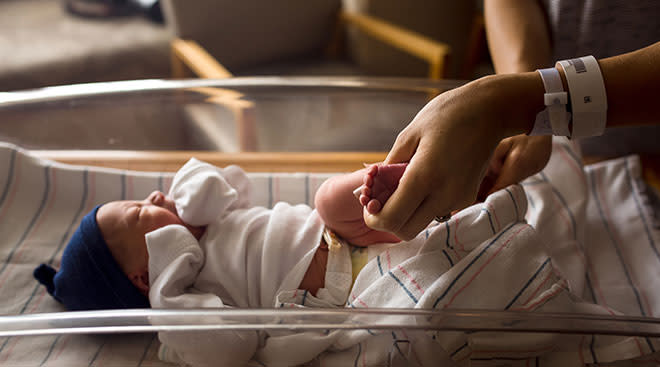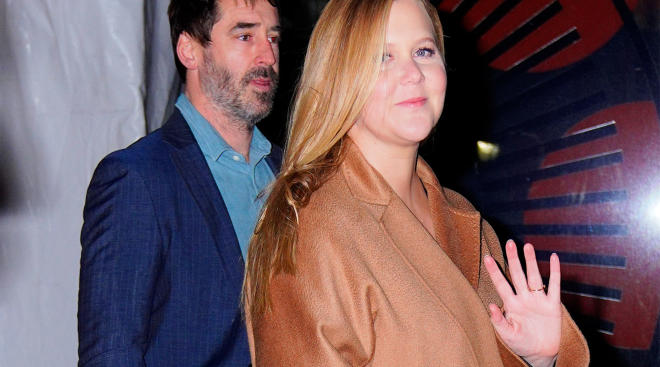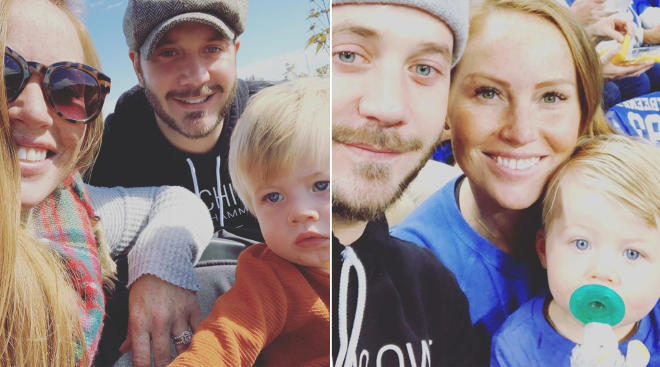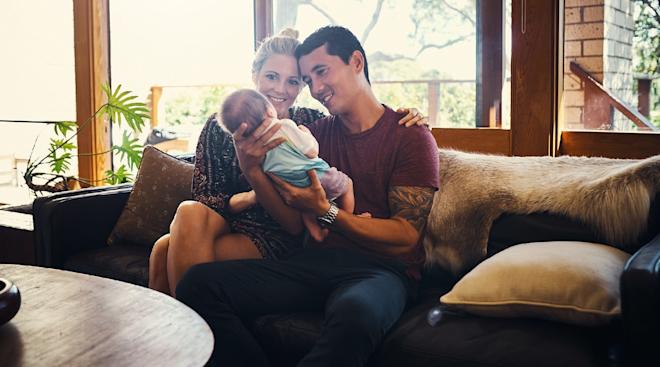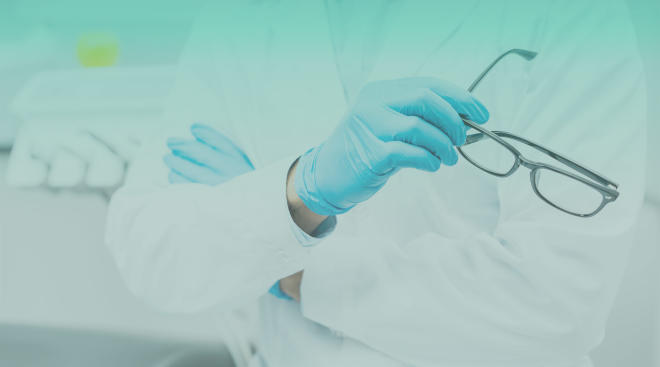How a Baby in Greece Was Born With Genes From Three People
A woman in Greece gave birth to a baby boy who had DNA from three different people, BBC reports. The 32-year-old woman previously went through four unsuccessful cycles of IVF. Doctors from Greece and Spain who handled the procedure say they are “making medical history” and could potentially help infertile couples around the world.
The medical feat was made possible using mitochondria replacement therapy (MRT), an experimental form of IVF that uses an egg from the mother, sperm from the father and another egg from a donor female. MRT was developed to help families affected by deadly mitochondrial diseases, which are passed down from mother to baby. Combining the mother’s DNA with a donor’s mitochondria could potentially prevent disease, but some fertility doctors believe the technology could increase the odds of IVF as well.
Here’s how it works. During the procedure, the nucleus from the mother’s egg, which holds most of the genetic material, is transferred into a donor egg that has had its nucleus removed. The donor egg is then fertilized. So even though the donor is needed to make it possible, the baby has DNA mostly from one woman and one man. There’s a lot of controversy surrounding the procedure, and as a result there are only a handful of cases of MRT in the world. The team of doctors from Greece and Spain currently have 24 other women taking part in the trial with eight embryos ready to be implanted, according to BBC.
In 2016, the procedure was carried out with help from the New Hope Fertility Center in New York so a baby wouldn’t inherit the genes for a fatal nervous system disorder called Leigh syndrome, Insider reports. Because the procedure is banned in the US, the baby was born in Mexico.
While some medical experts wholly support the procedure, others aren’t on board. They argue the technique raises ethical questions and should be banned in cases not involving the disease.
“I’m concerned that there’s no proven need for the patient to have her genetic material removed from her eggs and transferred into the eggs of a donor,” Tim Child, medical director of the Fertility Partnership, tells BBC. “The risks of the technique aren’t entirely known, though may be considered acceptable if being used to treat mitochondrial disease, but not in this situation.”
Please note: The Bump and the materials and information it contains are not intended to, and do not constitute, medical or other health advice or diagnosis and should not be used as such. You should always consult with a qualified physician or health professional about your specific circumstances.
Navigate forward to interact with the calendar and select a date. Press the question mark key to get the keyboard shortcuts for changing dates.
































